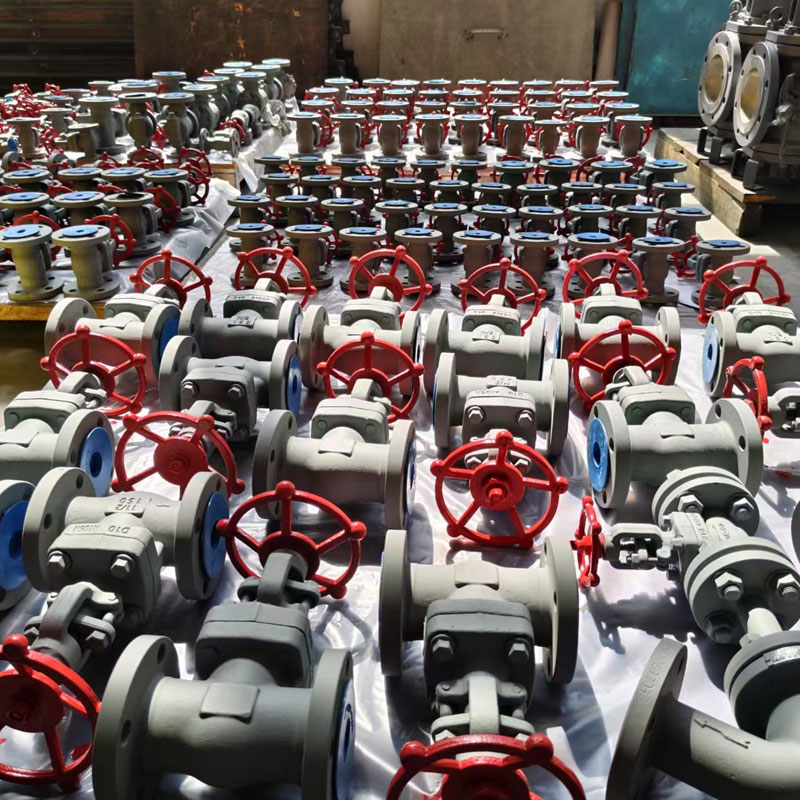
Solenoid operated gate valves combine the mechanical structure of gate valves with the automation of solenoid control. These valves use an electromagnetic solenoid coil to actuate the valve, allowing remote operation without manual input. They are typically used in systems that require rapid on-off control of flow, especially in applications where human access is limited or automation is preferred.

The primary function of a gate valve is to allow or prevent the flow of a fluid. In the solenoid operated version, the valve opens or closes based on the electrical signal sent to the solenoid. When energized, the solenoid lifts or lowers a mechanism that moves the gate inside the valve body. This process is quick and allows for seamless integration into automated control systems.
Solenoid operated gate valves are well-suited for water treatment, industrial automation, and process control where electric actuation improves system responsiveness. They are available in a variety of materials, including brass, stainless steel, and cast iron, to meet different fluid compatibility and environmental requirements.
3-way globe valves are designed to regulate flow in systems that require diversion or mixing of fluids. Unlike traditional globe valves that control flow in a straight line, 3-way globe valves feature a third port, allowing for more flexible fluid direction. This design is especially useful in HVAC systems, chemical processing, and thermal fluid systems where routing options enhance efficiency.
There are two main configurations of 3-way globe valves: mixing and diverting. In the mixing design, two inlet ports combine flow into one outlet, while the diverting type directs flow from one inlet to either of two outlets. This flexibility makes the 3-way globe valve a space-efficient solution for managing complex flow patterns without multiple separate valves.
These valves are known for precise throttling capabilities due to their linear motion disc mechanism, which regulates flow with accuracy. Control can be manual or automated using actuators. Their structure allows for easy maintenance, and the bonnet and stem design supports leak-tight performance, even under fluctuating pressures and temperatures.
Cryogenic globe valves are specialized valves used to handle low-temperature media, such as liquid nitrogen, oxygen, or natural gas. These valves are engineered to maintain sealing performance and mechanical function in environments that can reach temperatures as low as -196°C (-321°F). The construction and style of cryogenic globe valves focus on safety, efficiency, and durability in demanding conditions.
There are several common styles of cryogenic globe valves, each tailored to specific operational needs. The widely used is the extended bonnet style, which features a long neck that separates the operator and stem packing from the cold media. This design prevents freezing of the actuator components and allows for insulation or heat tracing where needed.
Another style is the top-entry globe valve, which simplifies maintenance by allowing internal components to be accessed from the top without removing the valve from the pipeline. This is especially beneficial in cryogenic applications where disassembly can be complex and time-consuming.
Angle pattern and straight pattern globe valve styles are also available in cryogenic configurations. The angle type reduces the number of flow direction changes, pressure drop, while the straight type is compact and often used where space is limited.
Materials commonly used in cryogenic globe valves include stainless steel and other alloys that retain mechanical strength at low temperatures. These valves are also designed to meet specific standards for leak-tight operation and thermal expansion control, ensuring safe and reliable performance in cryogenic systems.

